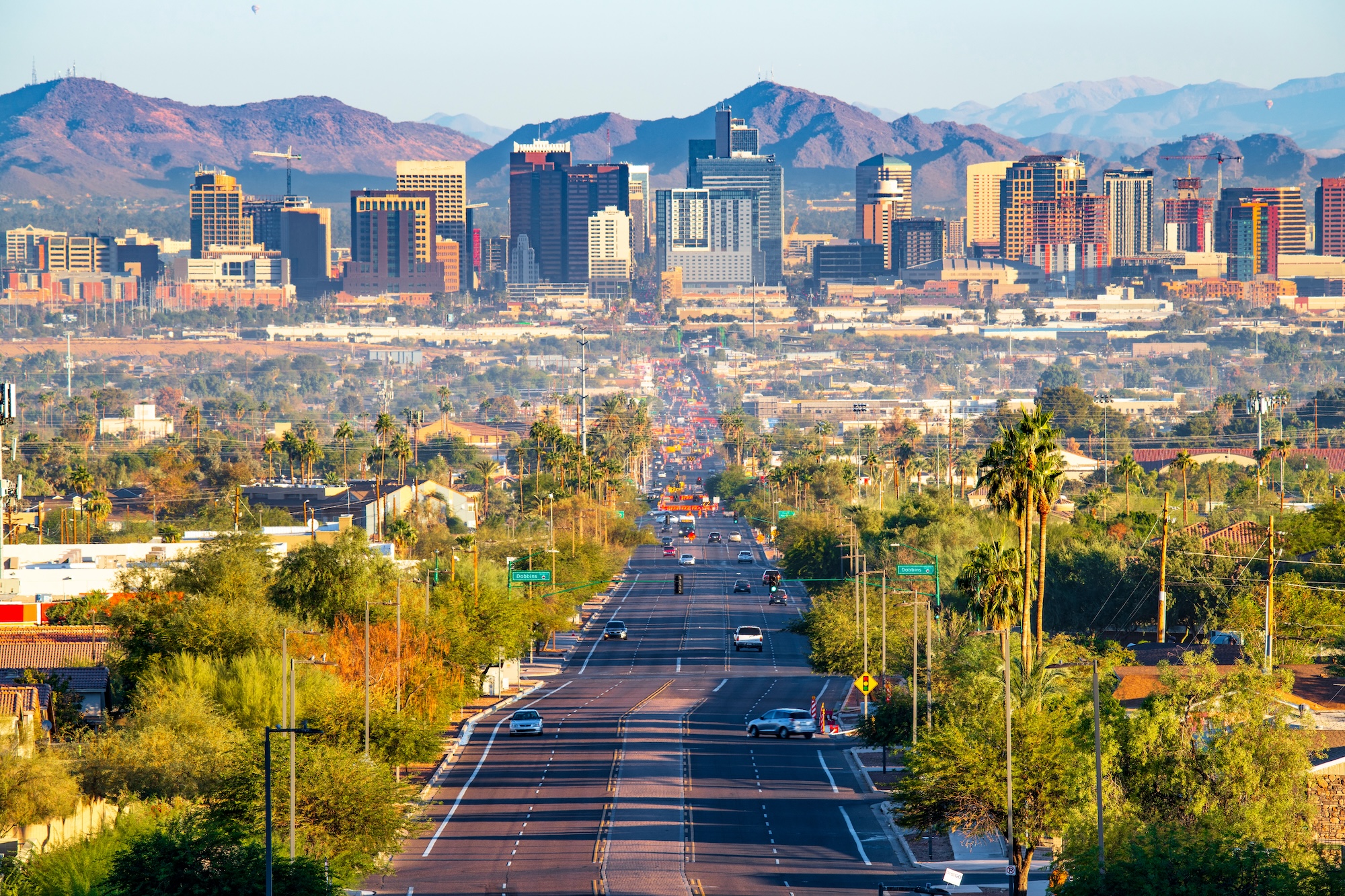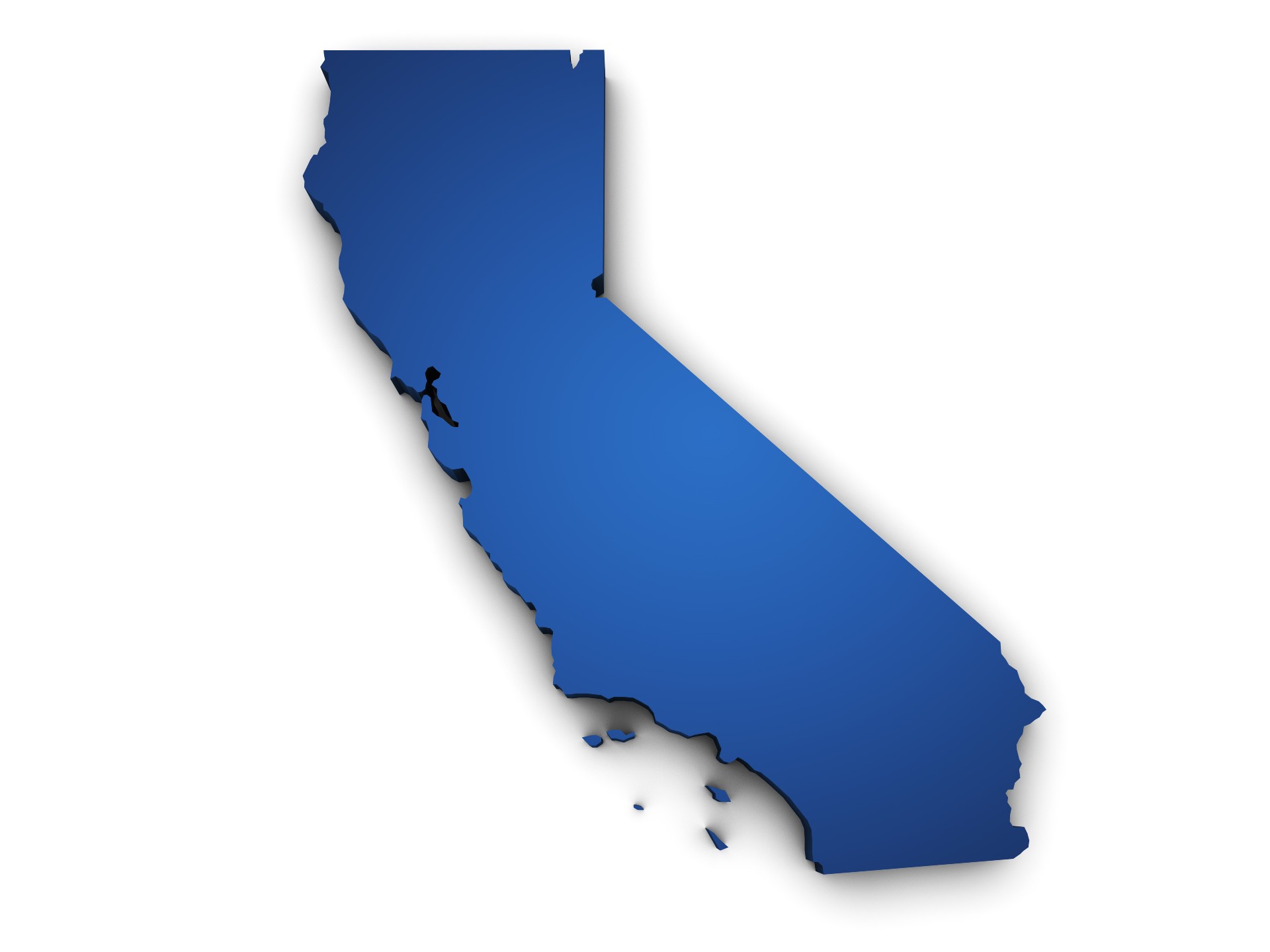If you want to make one of the largest understatements in history, say that this year didn’t turn out as expected.
In January, the waterparks space seemed ripe for another great year. Designers were getting plenty of projects. Waterparks managers were thinking about how they could integrate newer experiences such as surf features onto their properties to distinguish them from the rest, or integrate multi-media technology to wet rides and attractions to create an immersive experience, observes Jake Heuss, studio director at Aquatic Design Group’s East Coast office in Washington, D.C.
Indoor waterparks seemed to be particularly strong. “Everyone we talked to was saying, ‘I’ve got a lot of work; there are a lot of projects. It’s going to be a good year,’” says Ray Lauenstein, business development manager for Aquatic Development Group, in Cohoes, N.Y.
No doubt, those conversations will take place again, but unfortunately, the COVID-19 pandemic has taken over the conversation.
By the numbers
Not surprisingly, the pandemic has had a devastating financial effect on waterparks. Many outdoor properties had to delay their season openings, with some choosing to remain closed the remainder of the year, because it isn’t safe or capacity reductions make it impossible to generate enough revenue to operate. Indoor waterparks and resort waterparks had to close for at least a little while, with some of these remaining closed to this day as well.
Hotel & Leisure Advisors, the hospitality consulting firm that also releases periodic reports on the waterparks industry, tracked the openings and closings of these properties and has assessed COVID-19’s effects in terms of revenue and attendance.
Between March and August, H&LA estimates revenue losses of $2.9 billion, along with a drop of 57.5 visitors between all type of waterparks, including indoor, outdoor, freestanding, and waterpark resorts. Where 2019 saw 83.5 million in attendance, that figure dropped to 26 million through August of this year.
Standalone waterparks, both indoor and outdoor, accounted for $1.2 billion of the revenue losses and 40.2 million of lost attendance. Resorts with waterparks lost $1.7 billion in revenue and 17.3 million in attendance.
H&LA estimates that this year’s attendance was 69% lower than that of 2019.
While stand-alone waterparks in the aggregate withstood a harder blow to attendance numbers, a larger revenue loss was experienced among waterpark resorts, which generate more income per customer than standalones through room fees and the like, says H&LA President David Sangree. It should also be noted that there are significantly fewer waterpark resorts shouldering that aggregate revenue loss than there are stand-alone properties.
Many waterparks had opened or reopened by August. In May, 97% of indoor parks were closed. By August, more than 80% had opened or reopened. In June, 70% of outdoor waterparks were closed, with many municipalities choosing to keep theirs closed for the year. In the middle of August, 43% of outdoor waterparks had remained closed for most or all of the season. Broken down between private and municipal waterparks, 52.6% of municipal waterparks remain closed, while 28.8% of private waterparks were still shuttered in August.
“People are going to waterparks, but many [waterparks] are not generating the level of attendance and usage that they were before the pandemic, because they’re not allowed to,” Sangree says, referring to government-mandated reductions in capacity that were implemented as a safeguard against spreading the coronavirus.
Operational adjustments
Like any operation that’s open to the public, waterparks had to make many changes, fast, largely to facilitate social distancing.
This included converting to exclusively online ticket sales and using online reservation systems to schedule and pace visitors, providing them a window of time in which they could arrive. Some would allow visitors to remain for specific periods of them, then require them to vacate so disinfection could take place.
Individual attractions had to be closed if they made social distancing impossible, such as some play structures that encourage dense crowds of children to play together.
With more infrastructure in place, medium to large waterparks could more smoothly transition to contactless payment and scheduling systems, but smaller operations found their way, says Aleatha Ezra, director of park member development with the World Waterpark Association in Overland Park, Kan.
“Like anything, they had to be adaptable on a weekly, monthly and even daily basis,” she says.
The pandemic also impacted how revenue is generated and distributed. For instance, waterparks could no longer offer large group events, which were a big loss. However, larger group events involve discounts so, anecdotally, Lauenstein has seen that the amount spent per guest often increased this year as visitors paid full price.
Even before the pandemic, waterparks were seeing demand rise for cabanas and other personal spaces. This trend became even more intense this year, with some waterparks not able to provide enough.
“People will pay to have their own space,” Lauenstein says. “Do you want to go and lay next to somebody in a pandemic? Cabanas have always been a home base.”
Workflow impacts
Waterparks designers and builders report that waterparks projects have largely slowed down, with projects placed on hold or delayed.
“Some projects are still being developed, but it has slowed down significantly for one reason or another,” Heuss says. “Either people are in wait-and-see mode to see how long this will last or whether investment dollars should be kept in reserve.”
That doesn’t mean new projects aren’t coming in. “We’ve signed new work,” says Nicholas Neuman, CEO/project development at Water Technology Inc. in Beaver Dam, Wisc. “But it’s undeniably at a slower pace. If you see a project that would have turned over in a matter of weeks before, it could now be a matter of months.”
Affects on design
While it’s still very early to assess the long-term impact that this experience will have on waterparks and their design, some professionals are already beginning to see hints.
For instance, in addition to rethinking the number of cabanas and private rentable spaces to offer, Lauenstein expects to see an increased emphasis on features where people have a little more freedom and room to space out. This could include flat-water pools and lazy rivers, where people move in one direction. These provide a place to go between the higher-energy attractions that have longer lines and denser crowds, he says.
Neuman believes this experience is prompting the industry to place an even greater premium on clean air and disinfection. “The water within a waterpark is quite strong in terms of having the chemical balance to maintain whatever somebody may bring into the water,” he says. “But for indoor parks, there are different ways [of] disinfecting and cleaning the air and to provide some additional safeguards for the guests and operators. I think that push will probably forever [take place], regardless of what happens going forward.”
The good news
This year has presented unprecedented challenges on the waterparks industry. However, there were some bright spots.
“The industry showed a great deal of innovation and inspiration,” Ezra says. “And it really came together. This concept of idea-sharing and best-practice sharing certainly has never felt more important or stronger within our industry.”
Another solid ray of hope for the future: People still love waterparks. While there can be no making up for the losses sustained through closures and reductions in capacities, attendance levels at open waterparks demonstrated that these experiences are still in demand.
With schools remaining closed in many areas, this could extend the season for waterparks as well.
“There’s been a lot of people traveling this summer, but they’ve been going to destinations closer to their homes,” Sangree says. “Many of the indoor waterparks that are attached to resorts have been doing pretty well this summer, because people are going to them as part of their summer vacations.”
This was also seen in waterparks that are set within amusement parks. Especially with the hot summer, crowds have gravitated toward the waterpark section. With the lower capacities, park staff would sometimes have to make visitors wait or send them back to the dry park, Lauenstein says.
This speaks well for demand once restrictions and fears are lifted.



